
Stephen Ornes has been writing for Science News Explores since 2008, and his 2014 story "Where Will Lightning Strike?" won an AAAS/Kavli Gold Award. He lives in Nashville, Tenn., and he has three children, who are inventing their own language. His family has a cat, six chickens, and two rabbits, but he secretly thinks hagfish are the most fascinating animals. Stephen has written two books. One is a biography of mathematician Sophie Germain, who was born during the French Revolution. The other, which was published in 2019, features art inspired by math. Visit him online at stephenornes.com.

All Stories by Stephen Ornes
-
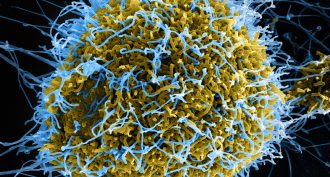 Health & Medicine
Health & MedicineEbola update: Signs of hope
The deadly outbreak of Ebola in West Africa is the worst the world has ever seen. Scientists are studying the virus that causes it and testing experimental vaccines and treatments to try to save lives.
-
 Health & Medicine
Health & MedicineEarly school starts can turn teens into ‘zombies’
Teens face serious consequences when they don’t get enough sleep. Yet most school start times don’t allow a full night’s rest, doctors say. The result: Too many students become ‘walking zombies’.
-
 Planets
PlanetsAsteroids: A stepping stone to Mars?
NASA's Asteroid Redirect Mission, designed to capture and move an asteroid, may be a step toward getting to Mars. But not everyone agrees it's the right step.
-
 Chemistry
ChemistryNew nano-cages snag and hold gases
Molecular traps have been developed to snag and hold noble gases, such as krypton, xenon and radon. These atoms tend to resist arrest. But the new traps might grab onto polluting gases so that they can be recycled for later beneficial uses.
-
 Planets
PlanetsAsteroids: Avoiding an Earthly smashup
Any of nearly 1,500 asteroids could hit Earth. Experts want to learn more about the space rocks — and maybe even bump them off course.
-
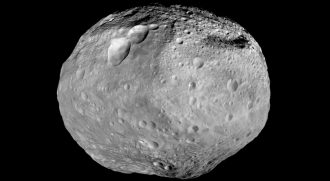 Planets
PlanetsExplainer: What are asteroids?
Leftovers from the creation of the solar system, asteroids are space rocks that orbit the sun. Let’s hope the big ones never become meteorites.
-
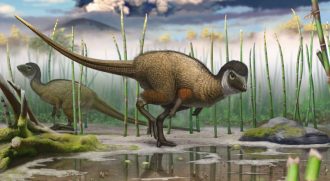 Fossils
FossilsFeathers: What every dino wore?
A dino discovery in Siberia suggests feathers were common among the ancient ‘lizards.’
-
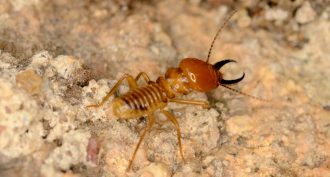 Animals
AnimalsHow termites ‘hear‘ about trouble
When danger comes too close, termites bang their heads against the walls of their homes. This action sends out a warning vibration that others ‘hear’ with their legs.
-
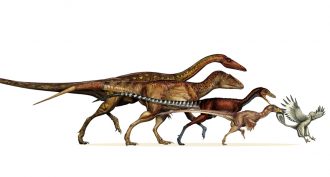 Fossils
FossilsDinos ‘quickly’ shrunk into birds
Scientists had long known birds descended from dinosaurs. A study now shows that the morphing from dinos into birds went along with a quick and steady shrinking of their body sizes.
-
 Physics
PhysicsBracing sand sculptures with gravity
Natural sculptures of sandstone withstand strong winds and rains. The reason, a new study concludes: Gravity holds the sand grains together.
-
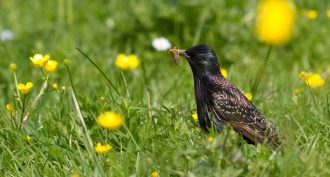 Environment
EnvironmentBug-killer linked to decline in birds
One of the most popular chemicals used to protect crops from bugs may also take a toll on birds, a Dutch study finds. U.S. farmers also rely on these insecticides, a second study finds.
-
 Microbes
MicrobesThe Bahamas’ African roots
Ocean bacteria may have built the Bahama islands, fed by dust blown across the Atlantic from the Sahara Desert.